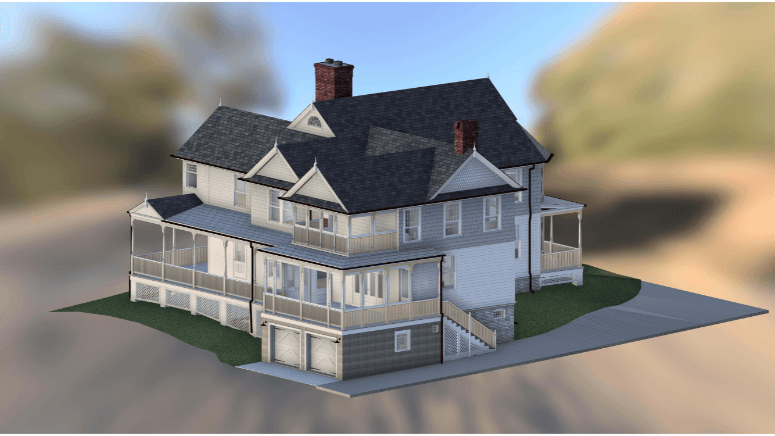BIM models in infrastructure projects 2024

Building Information Modeling (BIM) is a digital model of the physical and functional aspects associated with an installation. Despite being strongly linked with building construction, BIM is also used for infrastructure projects. In relation to infrastructure projects, BIM models aid in improving collaboration; and efficiency during all stages of the project's lifecycle.
Here are some key aspects of using BIM models in infrastructure projects:
Visualization and Design Coordination:
BIM provides the possibility of viewing an entire infrastructure project three-dimensionally or even four-dimensional (including time). This promotes alot more effective design coordination because different disciplines can evaluate how the parts fit together in the project as a whole.
Improved Collaboration:
BIM promotes the interplay between architects, engineers, contractors and also owners. The consistent model guarantees that all are working from the same facts, which minimizes mistakes and also improves communication.
Clash Detection and Conflict Resolution:
Clash detection, thanks to the BIM models allows project teams to detect and solve any kind of conflicts or clashes in the design stage. This preemptive practice prevents the costly rework in construction.
Data Integration and Interoperability:
BIM encourages data integration as it puts the different kinds of information (geospatial, cost scheduling etc.) into a unified model. It is important to note that interoperability between different software applications promoted the exchange of information among the project participants.
Quantification and Cost Estimation:
And the BIM models allow meaningful quantity takeoffs and also cost estimates. In this way, if project teams connect the model with a cost database they can determine almost instantly what are the financial consequences of design parameters.
Construction Planning and Scheduling:
Time is also considered in the 4D BIM models, which enables the depiction of the building process. This improves the construction planning and scheduling, streamlining resource allocation and also enhancing project deadlines.
Asset Management and Maintenance:
The BIM models form a very solid basis for the proper asset management and also maintenance at all stages of its lifecycle. Embedded information, such as the specifications and maintenance schedules help facility managers to make informed choices
Regulatory Compliance:
Regulatory compliance can be enforced through the use of BIM. Using such relevant standards and codes in the model, it will be very easy for project teams to ensure that all the essential requirements are met.
Sustainability Analysis:
Because of this, the infrastructure projects can be evaluated in terms of environmental impact and sustainability using BIM. This involves analyzing energy efficiency among others that form a part of sustainable development.
In conclusion, Building information modeling models provide a very comprehensive digital representation that facilitates the sharing and also enables effective planning in the design process of infrastructure projects. The uptake of BIM in infrastructure projects continues to grow, and this makes the project outcomes more efficient and also sustainable.











652cc4a8bfcb2.jpg)
